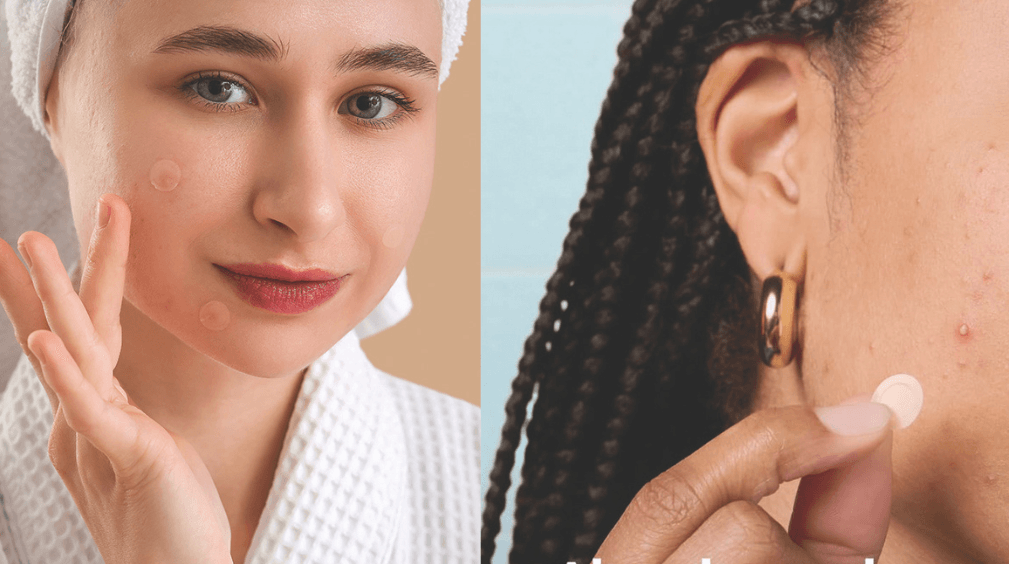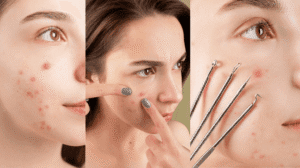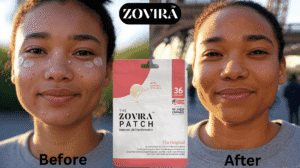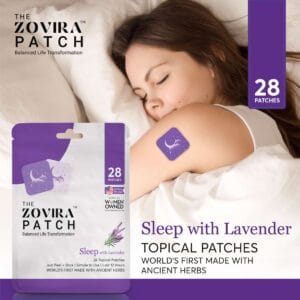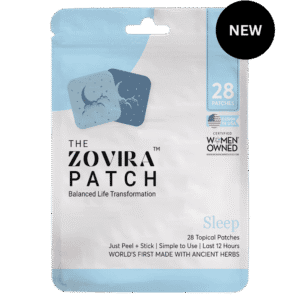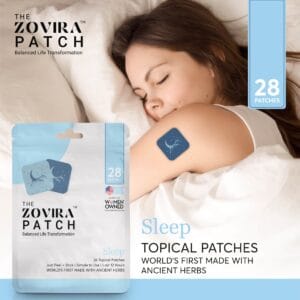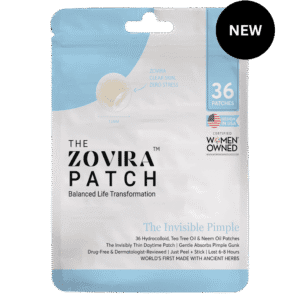In recent years, the skincare industry has witnessed a revolution in how consumers treat common concerns such as acne, aging, dryness, and dullness. Transdermal skincare patches are at the heart of this transformation. With precise, controlled delivery of active ingredients, patches are gaining popularity as a science-backed, mess-free, and effective way to upgrade your skincare routine.
What Are Transdermal Skincare Patches?
Transdermal skincare patches are adhesive patches that deliver active ingredients directly through the skin. These patches are often formulated with specific goals—whether it’s to clear a breakout, smooth out fine lines, or hydrate dry skin. The controlled-release technology in these patches ensures ingredients are absorbed slowly and evenly over time, leading to more effective results compared to conventional creams or serums.
Patches vs. Traditional Skincare: What’s the Difference?
Unlike serums and creams, which can evaporate or be wiped off, patches stay in place and create a semi-occlusive environment, boosting absorption. Here’s why they’re gaining popularity:
- Direct, targeted treatment
- Mess-free application
- Consistent ingredient delivery
- Easy to travel with
This makes patches an ideal addition for people with busy routines or those looking for more potent solutions.
Why Skincare Patches Work So Well
The effectiveness of skincare patches lies in their ability to deliver a concentrated dose of active ingredients to a specific problem area. Some examples:
Acne Patches: Hydrocolloid patches absorb pus and oil from pimples while creating a clean healing environment. Ingredients like salicylic acid or tea tree oil enhance effectiveness.
Anti-Aging Patches: Microdart patches deliver peptides, retinol, or hyaluronic acid directly into fine lines, visibly reducing wrinkles over time.
Hydration Patches: Infused with ceramides, glycerin, or hyaluronic acid, these patches give dull, dry skin a much-needed moisture boost.
Are Skincare Patches Dermatologist-Approved?
Yes! Many patches are created in collaboration with dermatologists or based on scientific research. The key is to choose products from trusted brands that prioritize clean, effective formulas. For sensitive skin, always do a patch test before full use, and check that the product is free from irritating ingredients like alcohol or synthetic fragrance.
Choosing the Right Patch for Your Skin Type
Oily/Acne-Prone Skin: Look for hydrocolloid patches or those with salicylic acid, niacinamide, or tea tree oil.
Dry Skin: Go for patches containing hyaluronic acid, ceramides, and panthenol.
Sensitive Skin: Choose patches labeled hypoallergenic and fragrance-free.
Aging Skin: Microdart patches with peptides or retinol are ideal.
Transdermal skincare patches are here to stay. Their convenience, targeted action, and growing dermatologist support make them one of the most exciting trends in beauty. As more innovations arrive—like dissolving microneedles and temperature-activated formulas—it’s clear that patches are more than a trend. They’re the future of skincare.

